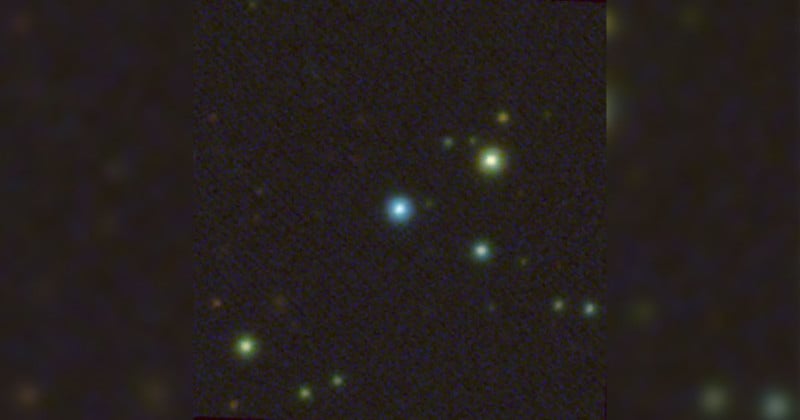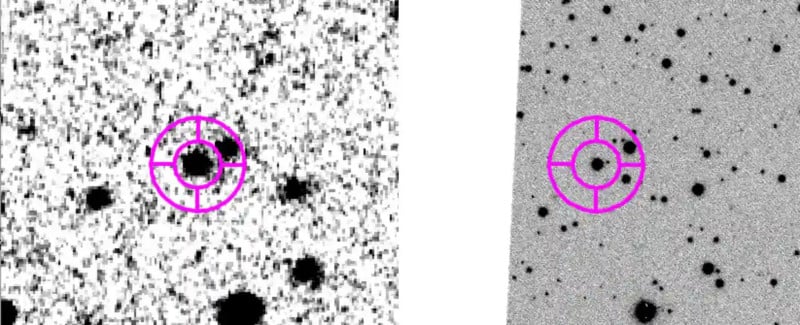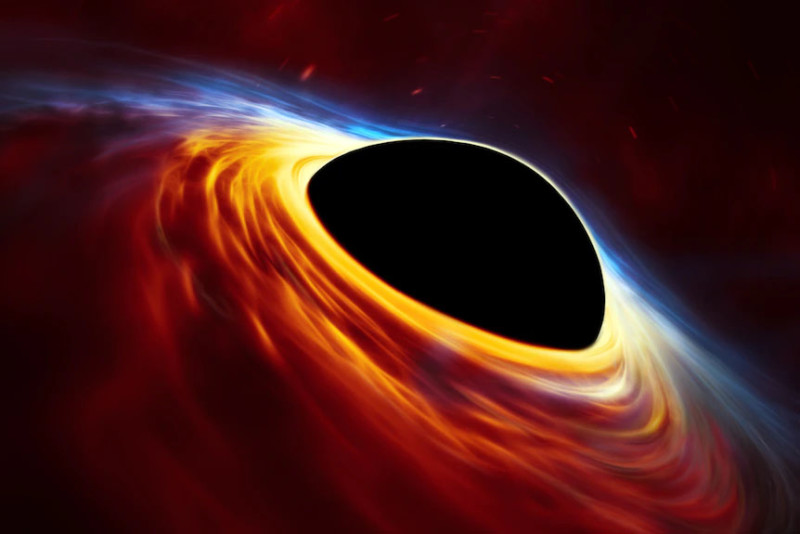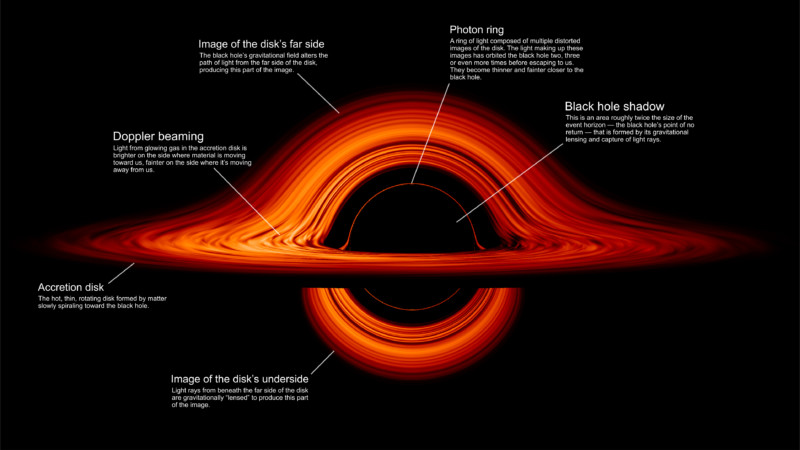Scientists Capture Fastest Growing Black Hole in the Universe

An international team of researchers believe they have discovered the fastest-growing black hole of the past nine billion years.
The supermassive black hole consumes the equivalent of one Earth every second and they estimate its mass is three billion suns.
It has been located in the bright constellation of Centaurus, an enormous celestial sphere that is more than 500 times larger than the supermassive black hole at the center of the Milky Way Galaxy.

Scientists discovered an extremely bright quasar, a luminous object powered by a supermassive black hole, using the SkyMapper Southern Sky Survey — a 1.3-meter telescope in Coonabarabran, New South Wales, Australia.
The quasar — J114447.77-430859.3, or J1144 for short — is 7,000 times more luminous than all the light from the Milky Way.
The lead researcher Dr. Christopher Onken, of the Australian National University, says the supermassive black hole was “more or less halfway across the universe,” reports the Guardian.
“The light that we’re seeing from this growing black hole has been traveling to us for about seven billion years,” he says.
J1144 was the most luminous quasar in the last nine billion years of cosmic history, the scientists found. There are other similar-sized black holes but they tend to be from far earlier in the history of the universe when mergers between galaxies were much more common.
The team didn’t set out to look for a far-away supermassive black hole, they had been hunting for pairs of binary stars inside the Milky Way Galaxy.
The team discovered something strange among the binary stars, which turned out to be the quasar. A team at the South African Astronomical Observatory 1.9-meter telescope in Cape Town took a closer look.
They observed that the object has bright lines, suggesting that gas was moving very fast — which indicated it is powered by a supermassive black hole.
Supermassive black holes are the engines for quasars that look like stars but their light is actually from the ring of gas, dust, and stars swirling around the black hole, known as the accretion disk.

As this material gets sucked into the gaping mouth of the black hole by its intense gravitational pull, it gets super hot and emits bright light.

It is thanks to all of this extraterrestrial material that swirls around the black hole that allows scientists to measure the black hole’s mass.
There have been brighter quasars discovered but what makes J1144 unusual is that it’s much further away and still much brighter than other objects of a similar age.
The team was able to look over previous data and found that the behemoth quasars has remained consistently bright over time, indicating that its black hole is constantly chewing on gas and anything else that comes its way.